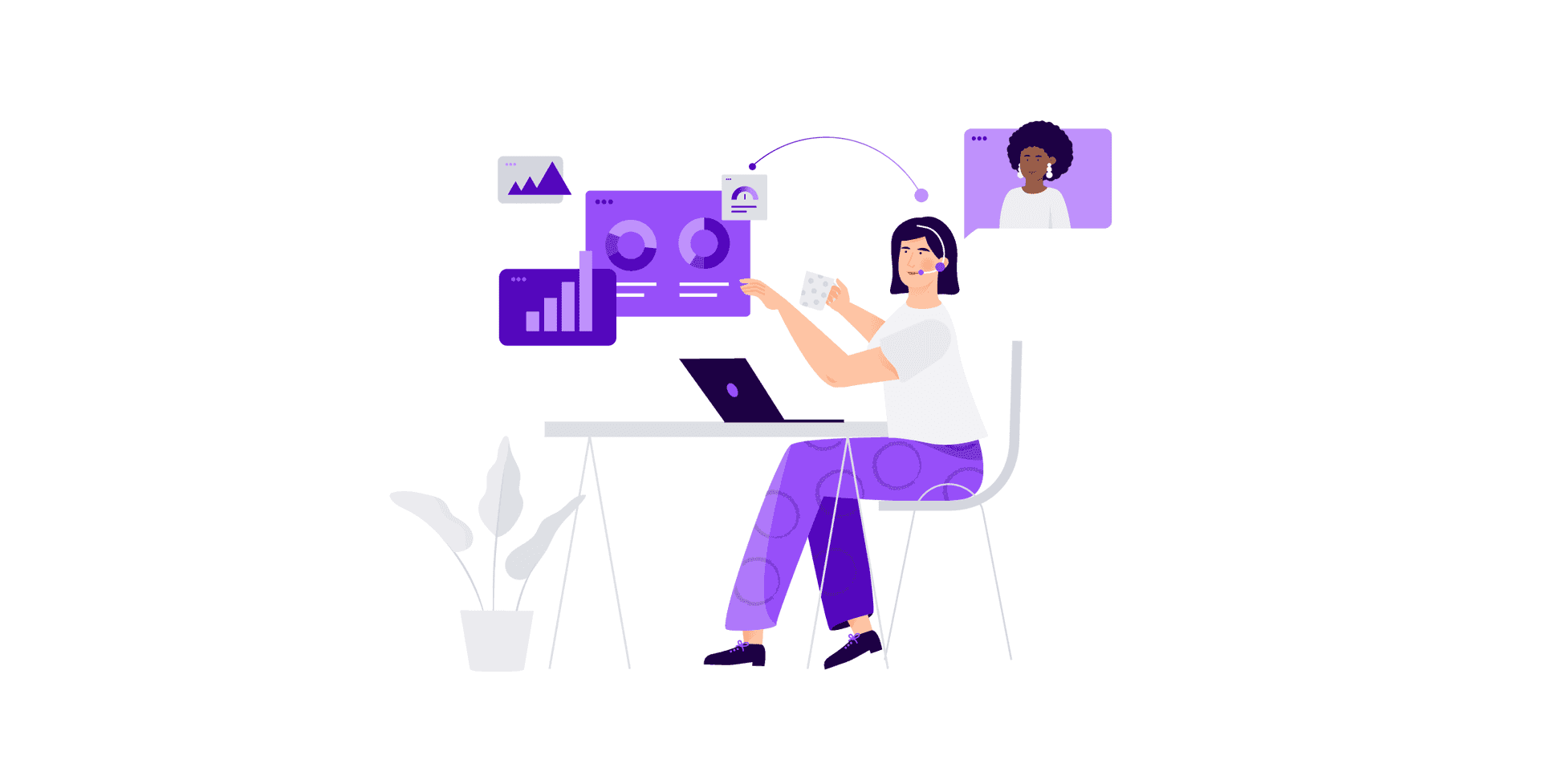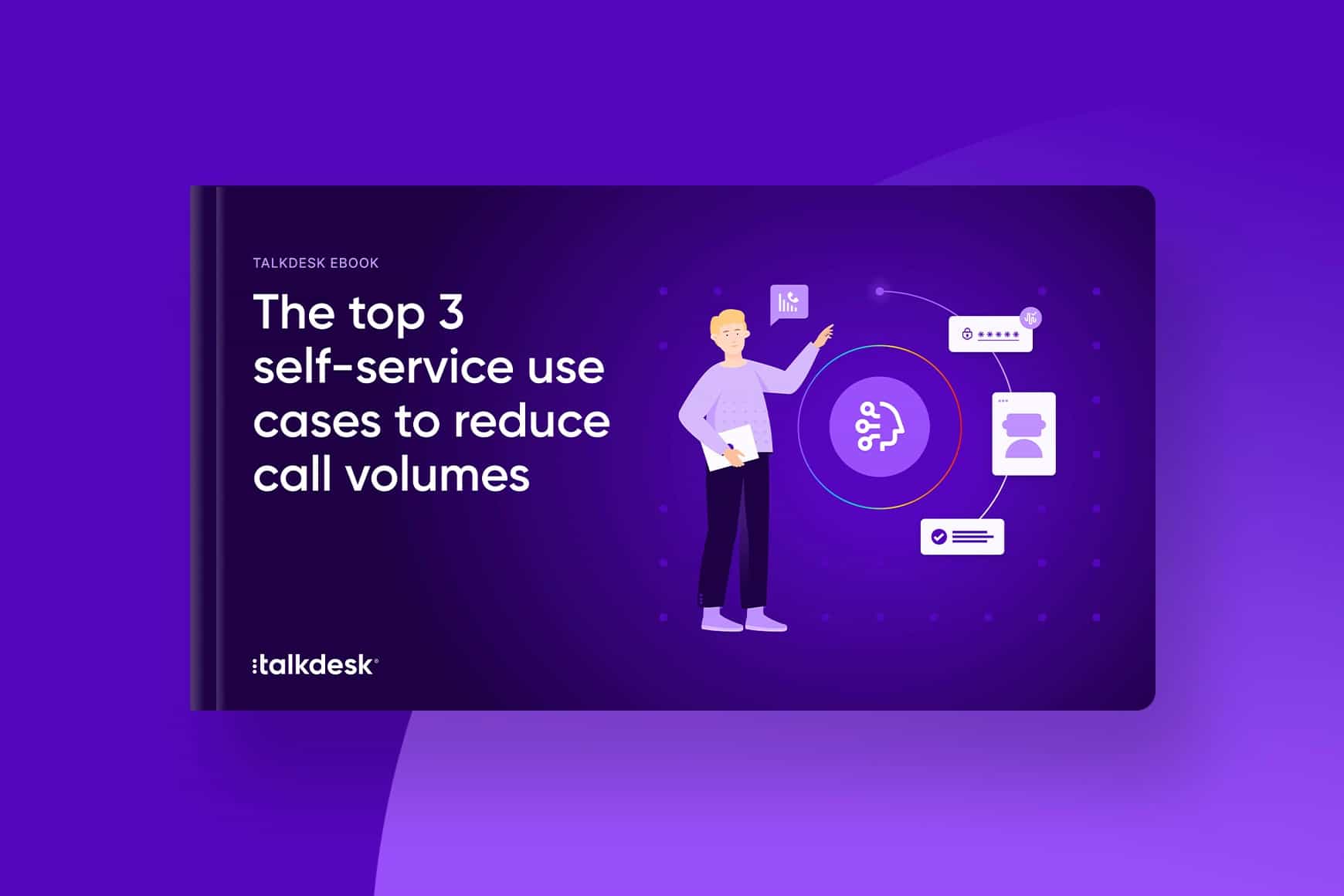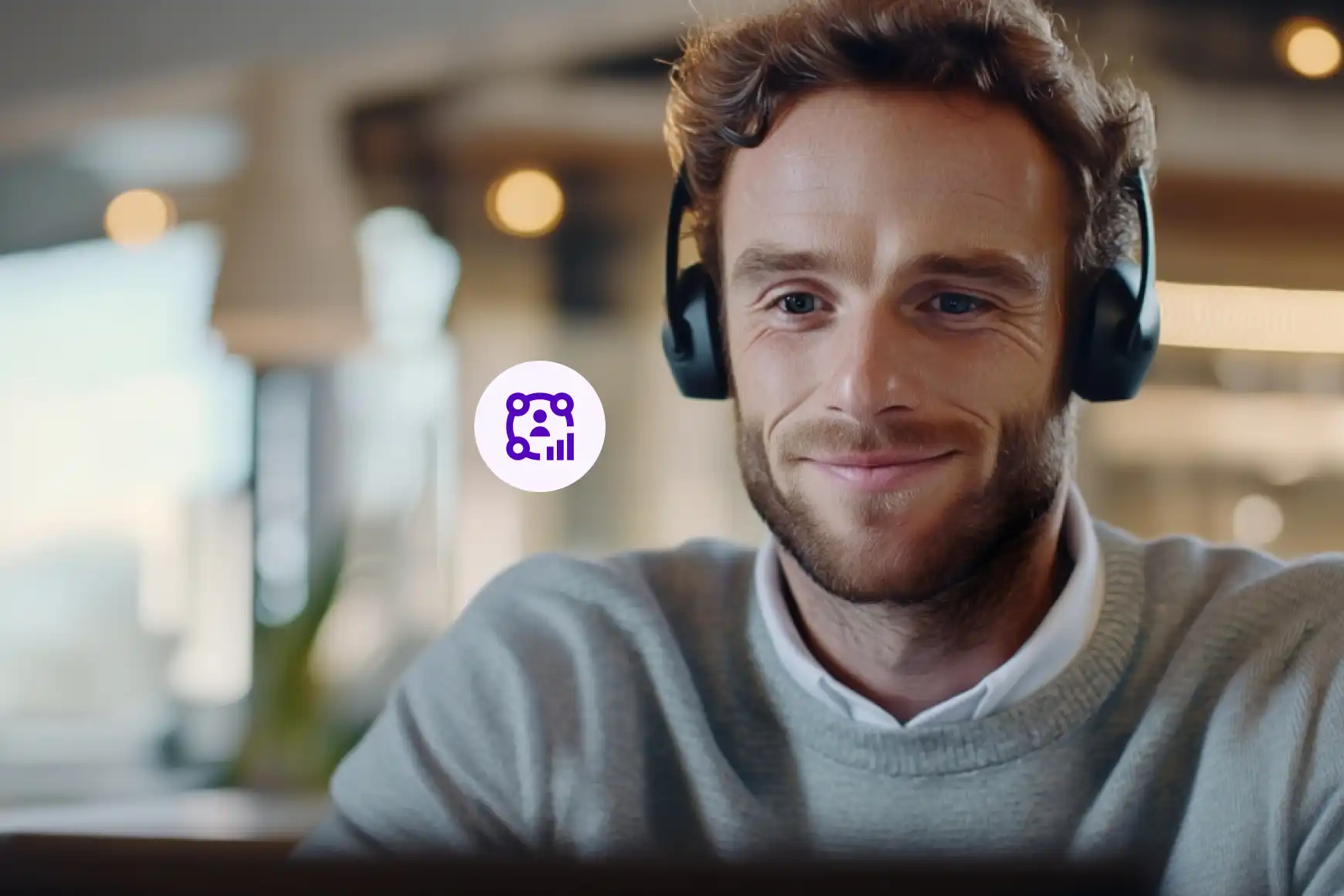Call center service level and customer satisfaction

By Celia Cerdeira
0 min read

In any business, it’s important to track metrics to ensure everyone is hitting their goals.
These metrics will vary depending on the industry, but for a contact center, everything is centered around incoming calls and customer satisfaction. The rate at which these calls are being answered and the quality of service being given to the customers are two of the most important metrics that contact centers track.
Understanding call center service level impact on your customer experience.
Call center service level is a common key performance indicator (KPI) to measure the accessibility of a company to their customers and its ability to plan for call volume fluctuations and execute their staffing strategy. It has been found to be directly tied to customer service quality and inbound call center performance thus is often the cornerstone of inbound call center manager’s metrics toolkit.
What is call center service level?
Service level in a call center refers to the percentage of calls answered within a specific time frame. It measures the efficiency and responsiveness of call center representatives in addressing customer inquiries and resolving issues promptly. By striving to answer more calls within the defined time, call center agents can minimize customer wait times, leading to greater customer satisfaction with your company’s service.
Measuring call center service level.
Call center service level is defined as the percentage of calls answered within a predefined amount of time—target time threshold. It can be measured over any period of time (i.e. 30 minutes, 1 hour, 1 day or 1 week) and for each agent, team, department or the company as a whole. Service level is both a:
Goal (call center service level objective).
Managers can set a service level objective, which is the maximum number of callers that wait in the queue before they are answered in a specified amount of time. Service level objectives are denoted as: (the percentage of calls answered)/(target time threshold). So a 90/30 service level objective means that the goal is to answer 90% of calls in 30 seconds or less.
Performance measure (call center service level).
After setting a call center service level objective, managers will then measure their team’s performance in reaching that goal in increments (i.e. hours, days, weeks, months, quarters or years). For example, a company’s service level between 9:00 am and 9:30 am is measured to be 80% if they answered 80 calls within 30 seconds or less and 20 calls after the callers waited for longer than 30 seconds.
Service level (as a performance measure) is denoted simply as the percentage of calls that were answered in the predetermined time threshold. So in the previous example, the service level is 80%.
Service level has been touted as one of the most important KPIs as it is intimately tied to customer service quality and the overall performance of the call center. Thus, managers and decision-makers should take a systematic approach to select a goal, measure their team’s performance and act on this data when making key decisions.

EBOOK
The top 3 ways to reduce call volumes.
Download “The Top 3 Self-Service Use Cases to Reduce Call Volumes” ebook and win your battle with call volumes.
Call center service level and customer satisfaction.
Call center service level doesn’t mean much by itself. Instead, it’s the way you achieve the service level agreements that drive customer satisfaction. Expectations will differ from industry to industry—a 5-minute service level agreement for answering a call may work for the retail customer service line but will not work if you’re dealing with a serious health condition and need assistance.
Be mindful when establishing service levels, because exceeding them doesn’t necessarily mean you’re providing customers with the service they need. Defining call center service levels is important, but you should align with customers’ expectations and needs to drive.
Service levels should be paired with customer satisfaction scores (CSAT) to help you understand how your team is performing against established service levels and how satisfied your customers are with the service you’re delivering.
How Talkdesk can help.
The Talkdesk CCaaS solution helps contact centers improve their service level standards. We provide tools such as interactive voice response (IVR) for customers to easily explain the nature of their phone call and automatic call distributor (ACD) to rapidly redirect calls to the right agents or departments. By implementing our best-of-class call center tools, you can increase first call resolution (FCR), optimize your workforce management, and more—all leading to a better service level.
Improve your customer experience and streamline your contact center operations with Talkdesk solutions. Find out more about call center service level and how we help call centers reach their performance goals by downloading our ebook.
Before you go.
To more information about service levels, read the following blogs:
- Selecting a service level objective
- Calculating service level
- Causes of low service level
- How to enhance service level
FAQs.
How to calculate call center service level?
Call center service level is calculated by taking the percentage of calls answered within a predefined amount of time. The time can be anything (1 hour, 1 day, and others), depending on how the company decides to measure their performance. It can also be measured by department, individual agent, or entire organization.
How to improve service level in a call center?
Call centers can improve their service level by implementing the right processes and tools to optimize their workflow management, optimize occupancy rates, increase schedule adherence, improve call forecasting, reduce agent attrition, enable agent call-backs, enhance first call resolution, and enhance customer satisfaction.
What does a call center service level of 80/20 means?
The first number in this service level—80—refers to the percentage of calls being accepted, while the second number— 20—is the average speed of answer for the call. A call center service level of 80/20 is widely accepted as the standard for call centers. If a call center achieves this service level on a regular basis, they are likely providing the best and most sustainable service for their customers.





